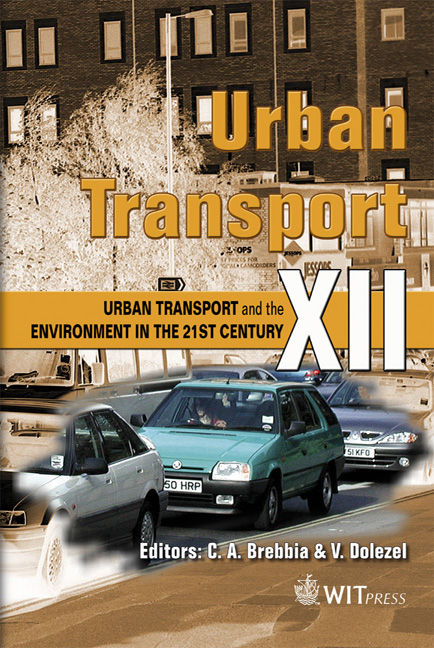Towards Sustainable Urban Development: Traffic Generation At Food Superstores In The UK
Price
Free (open access)
Transaction
Volume
89
Pages
10
Published
2006
Size
478 kb
Paper DOI
10.2495/UT060071
Copyright
WIT Press
Author(s)
C. Black, D. C. Broadstock, A. Collins & L. C. Hunt
Abstract
In the light of increasing concern over home-shopping traffic growth generated by food superstores in the UK and elsewhere and their possible role in reinforcing a ‘food desert’ effect, this study introduces an empirical framework to help underpin subsequent policy decisions. A trip attraction model is estimated by ordinary least squares (OLS) for food superstores in the UK using a composite dataset constructed from data from the UK Census of Population, the UK National Online Manpower Information System (NOMIS), and the Trip Rate Information Computer System (TRICS). It is found that traffic to a given food superstore, other things being equal, increases with car ownership, parking provision, retail floor space, distance to the nearest competitor and, perhaps surprisingly, increased public transport provision. The latter effect is discussed in the light of a possible explanation linked to the ‘food deserts’ debate, along with the associated implications for effective (inner-urban) sustainable development. Increases in household size are found to be associated with a fall in vehicle traffic to a site, due to household modes of transport. Keywords: traffic generation, transport planning, food superstores, food deserts, activity based travel, sustainable development. 1 Introduction Society’s increasing reliance on food superstores and their associated growth economies of scope and scale, which may also perpetuate use of less sustainable and spatial placement are the subject of considerable controversy and debate in
Keywords
traffic generation, transport planning, food superstores, food deserts,activity based travel, sustainable development.





